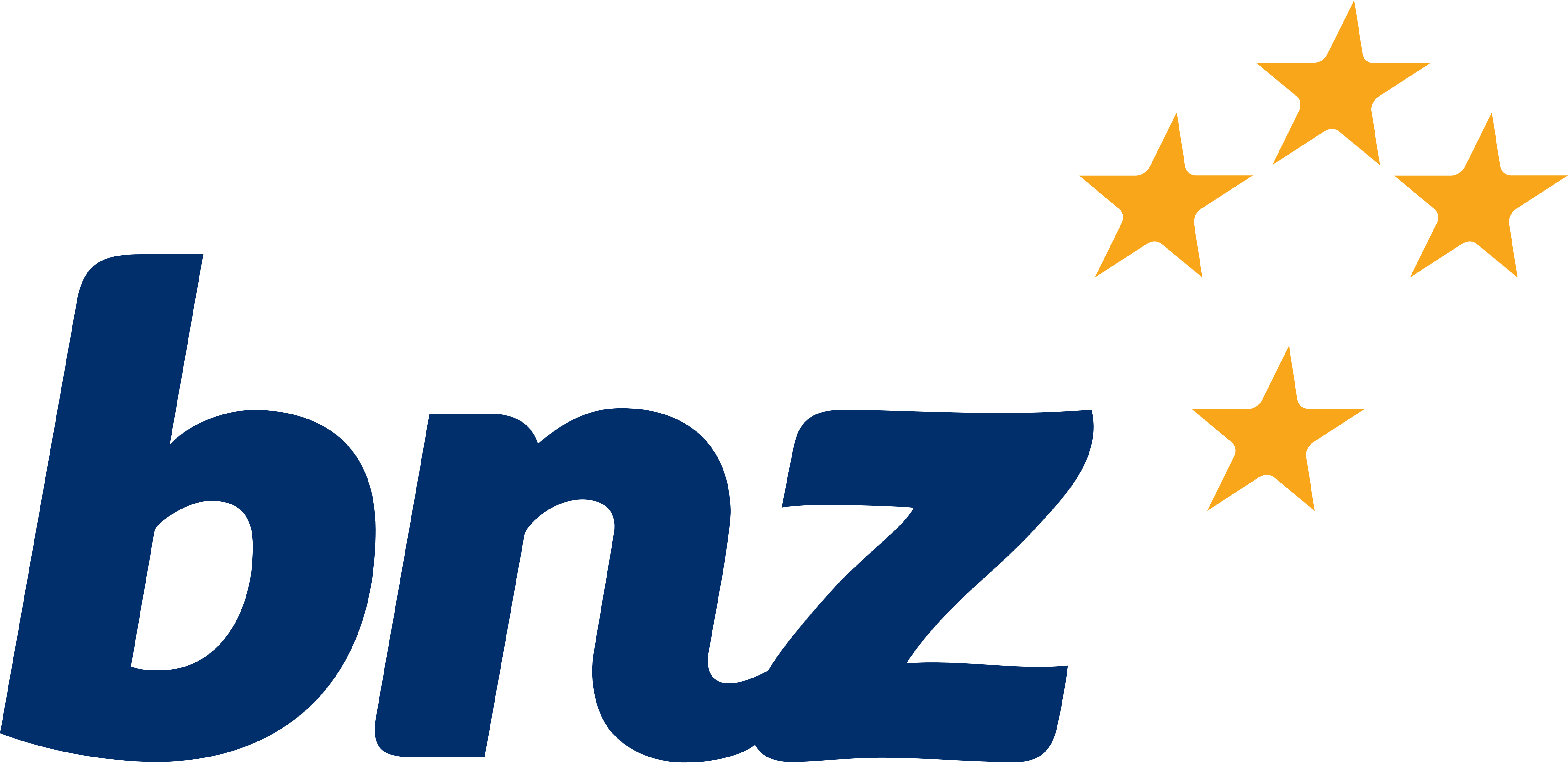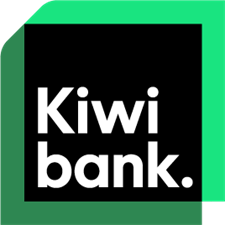Last Updated: 22/12/2025 1:05pm
Notice Saver
Minimum Deposit Amount
-
Maximum Deposit Amount
-
Rate (p.a)
3%
Savings Account Type
PremiumSaver Personal
Minimum Deposit Amount
-
Maximum Deposit Amount
$100,000.00
Rate (p.a)
2.25%
If the required minimum $50 monthly balance increase is not achieved, a rate of 0.20% p.a. will apply to the total PremiumSaver balance for that month.
Savings Account Type
Step Saver
Minimum Deposit Amount
-
Maximum Deposit Amount
-
Rate (p.a)
2%
Savings Account Type
Bonus
Christmas saver
Minimum Deposit Amount
-
Maximum Deposit Amount
$1,500,000.00
Rate (p.a)
1.8%
Savings Account Type
Rapid Save
Minimum Deposit Amount
-
Maximum Deposit Amount
-
Rate (p.a)
1.7%
A savings account that rewards you for staying motivated.
Savings Account Type
Bonus
Heartland Direct Call Account
Minimum Deposit Amount
-
Maximum Deposit Amount
-
Rate (p.a)
1.65%
Savings Account Type
Savings Plus - Combined base and reward interest
Minimum Deposit Amount
-
Maximum Deposit Amount
$2,000,000.00
Rate (p.a)
1.6%
Calculated daily and paid monthly (on balances up to and including $2,000,000). You can make 1 withdrawal during the first day of the month. No other withdrawals are permitted.
Savings Account Type
Bonus
Notice Saver - 32 Days
Minimum Deposit Amount
-
Maximum Deposit Amount
-
Rate (p.a)
1.55%
Savings Account Type
ANZ Serious Saver
Minimum Deposit Amount
-
Maximum Deposit Amount
-
Rate (p.a)
1.5%
Premium interest is earned when you make no withdrawals and deposit $20 or more (not including credit interest) on or before the last business day of the month.
Savings Account Type
Bonus
RaboSaver + PurposeSaver Trust
Minimum Deposit Amount
-
Maximum Deposit Amount
$5,000,000.00
Rate (p.a)
1.3%
Savings Account Type













